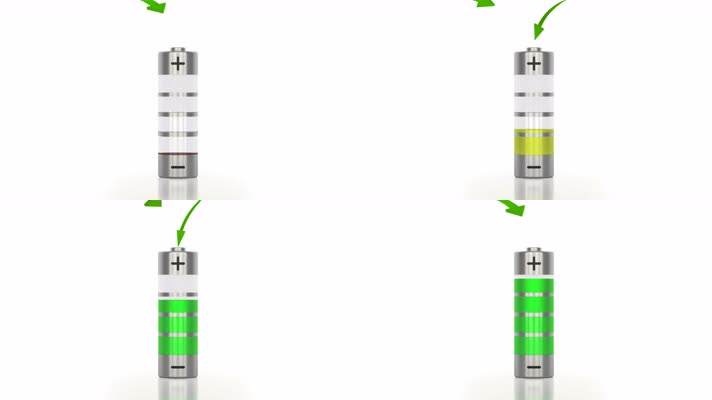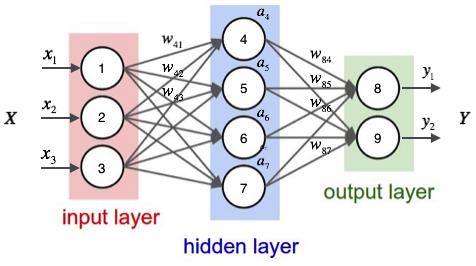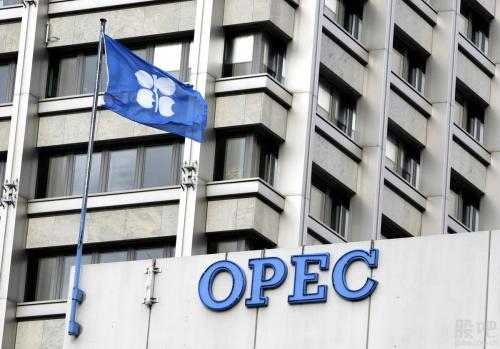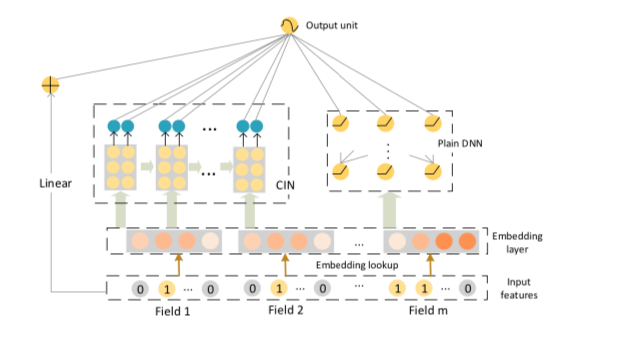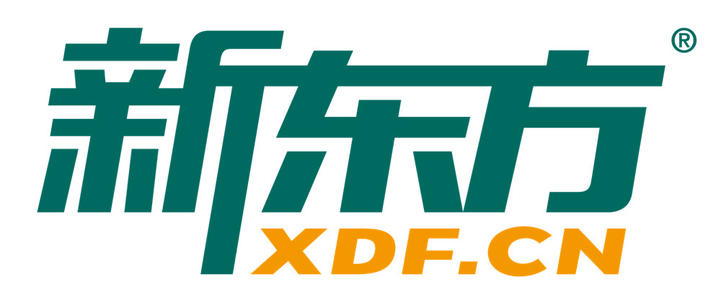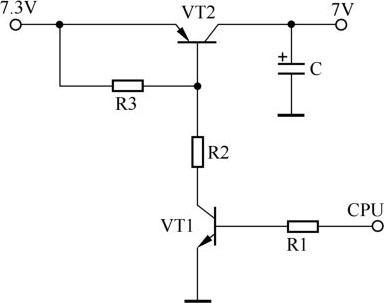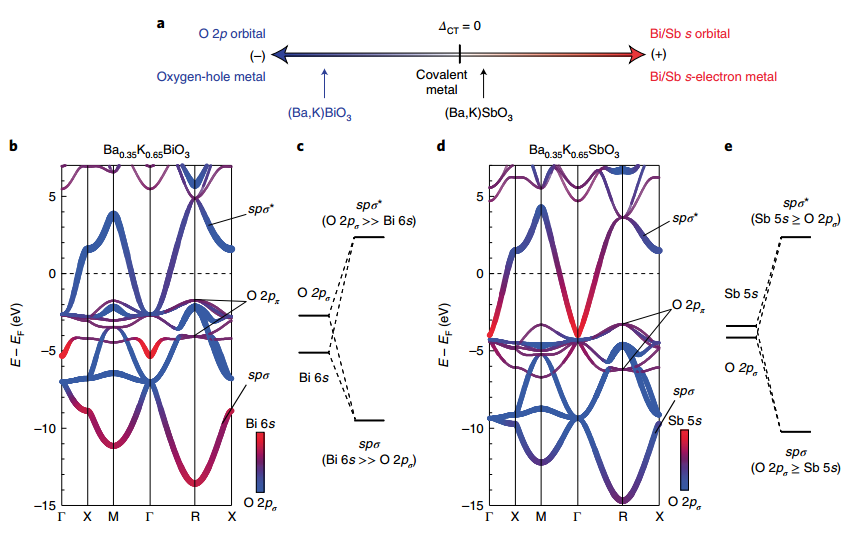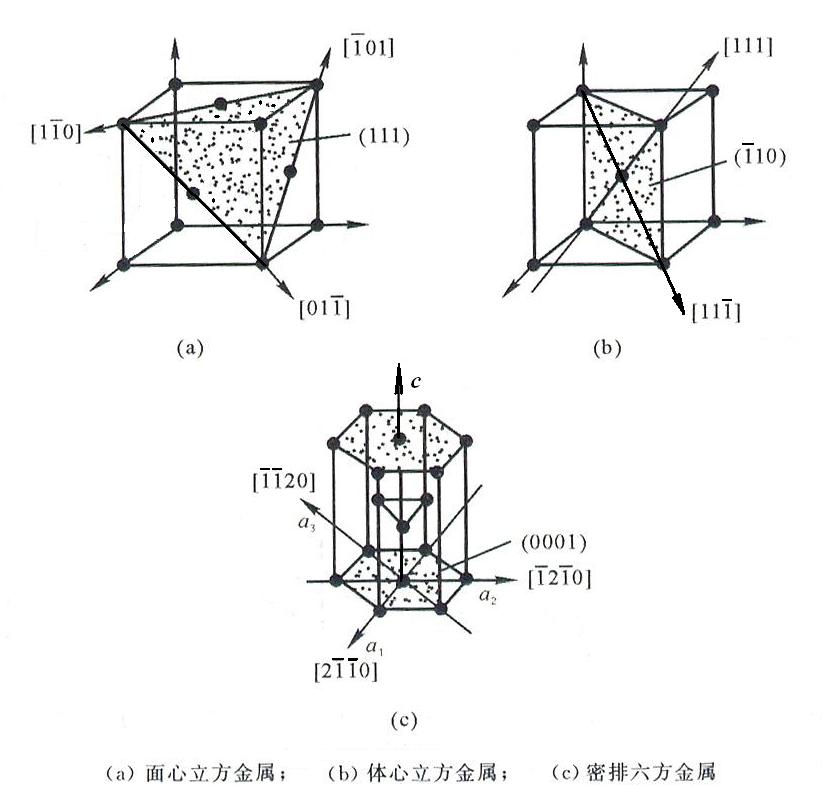Thermoelectric (TE) conversion is a key technology to collect energy from the environment and convert it into electricity. In the TE effect, a temperature gradient across a semiconductor or metal is converted into electrical potential. Owing to such a simple mechanism, TE conversion is a promising system to generate electricity from a wide range of waste heat or heat sources.1 The conversion efficiency of TE materials can be estimated by the dimensionless figure of merit, ZT = S2σT/κ, where S, σ, T, and κ denote the Seebeck coefficient, electrical conductivity, absolute temperature and thermal conductivity, respectively. Therefore, materials with a high Seebeck coefficient, high electrical conductivity and low thermal conductivity are desired for effective TE conversion.2
Most widely used materials for TE conversion are inorganic semiconductors such as Bi2Te3, Sb2Te3 and PbTe having high ZT that originates from the large Seebeck coefficients ranging from −250–250 µV K−1 and high carrier conductivity.3 As a result, ZT value of these materials often exceeds 1.0 near room temperature.3 Recently, TE systems are also attracting strong interest for flexible batteries upon increased demand for wearable devices using body heat as a thermal gradient source.4–10 For such applications, organic materials, especially conducting polymers11–18 including poly(3,4-ethylenedioxythiphene) (PEDOT) doped with poly(styrenesulfonate) (PSS) and acid-doped polyanilines (PANi), and carbon materials such as carbon nanotubes (CNTs)19–22 together with their composites19,23–26 are extensively studied due to the flexibility of their sheets, lightness, non-toxicity, material abundance, production scalability and so on.
Among these candidates, single-walled CNTs (SWCNT)27–30 attract specific interests since Dresselhaus et al. predicted enhancement of ZT value using nanomaterials with quantum confinement effects including one-dimensional materials in 1993,30 in which year Iijima et al. found SWCNT.31 In addition to such a fascinating prediction, experimental results showing remarkable electrical conductivity of SWCNT sheets (104–105 S cm−1) even without doping motivated us to use SWCNT as novel TE material (Figure 1).
To fabricate a TE devise using SWCNT, sheets formed from a SWCNT network, so called ‘bucky paper’, in which one can prepare by the filtration of a SWCNT dispersion or SWCNT/polymer composite sheets are typically used. In such SWCNT network architecture, both electrical and thermal conductivity are much lower than those of single SWCNT due to the large resistance at tube/tube junctions, which can decrease the large thermal conductivity but also decrease the electrical conductivity too. For instance, thermal conductivity of a single SWCNT is quite high (more than 3000 W m K−1), but that of SWCNT sheets is rather low (typically around ∼0.1 and ∼30 W m K−1 for through-plane and in-plane direction, respectively). Therefore, practically, to improve ZT of the SWCNT sheets, not only to control inherent properties of SWCNT itself, control of TE properties of tube/tube junction in SWCNT sheets or SWCNT/polymer composites are quite important.
In this review, recent progress of TE research of SWCNT and SWCNT networks are summarized. TE properties of SWCNT/polymer composite have been well discussed in other review papers.32
In the development of TE materials using SWCNT sheets, a primary requirement is to increase the ZT. To improve the ZT, increasing the Seebeck coefficient and electrical conductivity together with lowering the thermal conductivity are necessary. However, these three parameters are inter-linked and controlling a single parameter independently is rather difficult as illustrated in Figure 2. For instance, decrease of the thermal conductivity is always accompanied by the decrease of the electrical conductivity, thus little improvement of the ZT value. Therefore, a novel strategy that decreases thermal conductivity without decreasing the electrical conductivity are required. On the other hand, Seebeck coefficient and electrical conductivity have an opposite dependence on carrier density, where the increase of the carrier density increases the electrical conductivity but decreases the Seebeck coefficient. Thus their balance is also important to maximize the ZT. These issues have not been solved yet and many groups have extensively attempted to weaken the interdependence of these parameters.

In addition to the low ZT value, other issues such as the low stability of the n-type SWCNT, large in-plane and through-plane anisotropy of the SWCNT sheets, designing of efficient device structures for practical TE applications and so on are problematic issues.
In the present review, the issues solved by our group, namely, air stabilization of the n-type nature of SWCNT sheet and the improvement of ZT by increasing the purity of semiconducting SWCNT are mainly discussed.
In the development of efficient thermoelectric generators (TEG), alternating connection of p-type and n-type electrically in series and thermally in parallel is essential for module structure. Along this line, SWCNT sheets possess clear advantage to prepare both p- and n-type only by simple chemical or electrochemical doping for the sheets due to the ease of access for dopants onto SWCNT surface through network porosity. Such a simple tuning is not easy for organic conductors, in which non-uniform doping such as phase separation often occurs.33–35 In atmospheric conditions, SWCNT act as a p-type conductor due to the hole doping by oxygen in air.36 Therefore, developments of n-type SWCNT has been carried out by electron donors, mainly amine derivatives.37–44 In 2012, Piao et al systematically studied the preparation of n-type SWCNT by nitrogen-containing polymers such as polyethylenimine (PEI) and polyvinylpyrrolidone.45 In 2013, Nonoguchi and Kawai et al. also systematically studied the chemical doping of SWCNT sheets and reported that phosphorus containing dopants such as triphenyl phosphine also served as a good n-dopant (Figure 3).46

Although the establishment of n-doping of SWCNT was demonstrated, low stability under ambient conditions due to the oxidation by either oxygen or water was pointed out.40,47 In the early stage of the research, Yu et al. found that the n-type nature of SWCNT prepared by PEI doping deteriorated by O2 or H2O adsorption when it moved into an ambient environment. They also found that the encapsulation of the sheet with a PEI film can kinetically slow down the adsorption but the stability was not as constant as the p-type materials show.37
Recently, development of air-stable n-type SWCNT was reported by several groups48–52 including our group.53 Nonoguchi and Kawai et al. reported the pioneering work of air-stable SWCNTs based on doping with salt anions, such as Cl−, BH4− and OH−, in which the counter cations were stabilized by a tetraalkylammonium (R4N+) or crown-ether (Figure 4).39 They pointed to the importance of the size of the counter cation to compensate the negatively charged SWCNTs to realize good air stability.39 They found that KOH-doped SWCNT stabilized by benzo-18-crown ether provided stable n-type nature even at 100 °C for over 600 h. In this case, hydroxide donated an electron to SWCNTs to provide negative charge to the SWCNT and this negative charge was then stabilized by the cationic crown ether complex through electrostatic attraction. Therefore, it was considered that larger crown ether complexes likely block adsorption of atmospheric O2 effectively improving the n-type lifetime of the SWCNTs either through electrostatic rejection by the oxygen in the crown ether or by simple physical blocking. After our report,53 they also reported air-stable n-type SWCNT (over 800 h) using triphenylmethane carbinol base (TPM-CB) generated from malachite green. Although malachite green also possesses a positive charge, they demonstrated the advantage of the TPM-CB over regular malachite green. It was found that while malachite green did partially n-type dope the SWCNTs (only 2.5 µV K−1), doping with TPM-CB drastically alters the Seebeck coefficient to −59 µV K−1. They found that insoluble cationic TPM-CB nanoparticles were formed and the stability of the nanoparticles contributed to the n-type air stability.50

In our study, we reported two types of n-dopants, i.e. cobaltocene (CoCp2, Figure 5a) in 201538 and 2-aryl-1,3-dimethyl-2,3-dihydro-1H-benzo[d]imidazole (o-MeO-DMBI, Figure 5b) in 2017.53 We chose CoCp2 since n-doping by CoCp2 encapsulation was reported54 and it was also known that the stability of the molecules was improved by encapsulation inside SWCNTs,54 thus it was considered that n-type nature was expected. On the other hand, o-MeO-DMBI was chosen since n-doping of the organic semiconducting materials55–60 and carbon materials41,61–67 by o-MeO-DMBI has already been reported and the good stability of the o-MeO-DMBI was also reported. The encapsulation of CoCp2 was carried out by the sublimation of CoCp2 under vacuum in the presence of the cap-opened SWCNT as previously reported.68 On the other hand, doping with o-MeO-DMBI was carried out by dipping the SWCNT sheets in an ethanol solution of o-MeO-DMBI for 10 min, followed by vacuum-drying at room temperature for 12 h. The encapsulation of CoCp2 was confirmed by X-ray photoelectron spectroscopy (XPS) measurements, where we clearly observed peaks at around 780 and 795 eV assignable to Co3+, while no such peak was recognized in the empty SWCNTs (Figure 6a). For o-MeO-DMBI-doped, a peak at 401.5 eV ascribable to N+ was detected in N 1s region,69 indicating the o-MeO-DMBI formed cation species after the SWCNT doping (Figure 6b).
The non-doped SWCNT sheet showed a positive (45.3 µV K−1 at 320 K) Seebeck coefficient due to the p-type nature of the pristine SWCNT sheet under atmospheric conditions.70 On the other hand, the CoCp2@SWCNT sheet and o-MeO-DMBI-doped SWCNT sheet showed a negative Seebeck coefficient of ca. −41.8 and −43.0 µV K−1 at 30 °C, respectively, which was maintained in the temperature range of 30–90 °C, indicating the successful n-doping of the sheets. On the other hand, electrical conductivity was increased to 43,200 and 62,000 S m−1 for CoCp2@SWCNT and o-MeO-DMBI SWCNT, respectively at 30 °C. These values allowed us to calculate the power factor (S2σ [W m−1 K−2]). We found that the power factor of the CoCp2@SWCNT sheet (75.4 µW m−1 K−2) and o-MeO-DMBI SWCNT sheets (129.0 µW m−1 K−2) were much larger than that of the non-doped SWCNT sheet due to large increase of the electrical conductivity by carrier doping.
In order to evaluate the air stability of the n-type nature, the Seebeck coefficient of the sheet was monitored. As plotted in Figure 7, interestingly, the Seebeck coefficient of the o-MeO-DMBI-doped SWCNTs shows a constant negative value of ca. −43 µV K−1 during the stability test (red dots),39,53 while that of the CoCp2@SWCNT gradually turned to p-type (blue dots).38 We assumed that remarkable air stability of o-MeO-DMBI-doped SWCNT sheet was due to the stable coverage of the negatively charged n-doped SWCNT by the air stable o-MeO-DMBI cation through a strong Coulomb interaction to prevent the access of electrophilic oxygen. On the other hand, in the case of CoCp2@SWCNT, oxygen molecules can adsorb on the SWCNT surface to oxidize the n-doped SWCNT gradually. DMBI derivatives are known to act as a reducing agent via either hydride, hydrogen atom +1 electron or 2 electron + proton transfer pathways.61 In either of the pathways, DMBI derivatives formed stable cation after the transfer.61,71 Owing to their unique reactivity and stability, DMBI derivatives have been used as a reducing agent in organic synthesis72,73 hydrogen evolution,74 artificial photosynthesis,75 organic semiconductors55 and solar cells.64 Recently, DMBI derivatives were used for thermoelectric materials.35,56,58
Finally, in order to evaluate the in-plane ZT value (ZT) of the n-doped SWCNTs we determined the in-plane thermal conductivity (κ = Cpαρ) by measuring the in-plane thermal diffusivity (α), specific heat capacity (Cp) and density (ρ). In the early stage of the research, ZT of the polymeric films was calculated using the in-plane Seebeck coefficient and in-plane electrical conductivity and the through-plane thermal conductivity since the measurement of in-plane thermal conductivity of thin films was not simple. However, it was pointed out that polymer films such as PEDOT-PSS films76,77 and SWCNT sheets39 are known to possess a large anisotropy in the thermal and electrical conductivity in in-plane versus through-plane directions, often over 100 times. Therefore, many of the reported ZT values were overestimated. Indeed, we used through-plane thermal conductivity of 0.15 W m−1 K−1 for CoCp2@SWCNT sheet and evaluated ZT value to be 0.157 at 320 K, which was largely overestimated.38 Afterward, we measured in-plane thermal conductivity to be 20.7 W m−1 K−1, which was much larger than the typical through-plane thermal conductivity of SWCNT sheets (0.1–0.2 W m−1 K−1)14,78 and re-estimated the in-plane ZT value of CoCp2@SWCNT as 1.17 × 10−3. The value was quite similar to the value for o-MeO-DMBI-doped SWCNT sheet (1.70 × 10−3) and the other n-doped SWCNT sheet.39 Our studies revealed that the ZT values of the SWCNT sheet were smaller than that of inorganic TE materials and need to be improved.
ZT value of the SWCNT sheets ranged from 10−4 to 10−2, which was much smaller than the Bi2Te3-based inorganic p-type and n-type materials having the ZT value of 1.279 and 0.880 at room temperature. Recently, the alternating superlattices of inorganic transition metal dicharcogenite (TiS2) monolayer with alkyl cation layer showed in-plane ZT of ∼0.28 at room temperature.81 In the case of polymer-based TE materials, ZT of ∼0.2582 and ∼0.483 were reported for PEDOT-based system.
One strategy to improve ZT is to increase Seebeck coefficient of SWCNT sheets typically ranging from 11 to 65 µV K−1.32 In theoretical calculation, pure semiconducting SWCNT (s-SWCNT) can achieve extremely large Seebeck coefficients.84–86 Hung et al. predicted that the Seebeck coefficient for s-SWCNT can reach 2000 µV K−1 based on the extended tight-binding model.87 One reason for the gap between the calculated values and the measurement values mentioned above lies in the contribution from the metallic (m-) SWCNT having low Seebeck coefficient around 10–20 µV K−1.85,86 In current production technology, SWCNT are produced as a mixture of m- and s-SWCNTs,88–90 and statistically, 1/3 of produced SWCNT are m-SWCNT and the other 2/3 are s-SWCNTs.
Although the large-scale selective production of s-SWCNT has not been achieved yet,91,92 thanks to tremendous efforts, various methods for the scalable separation of s-/m-SWCNT and the extraction of s-SWCNT such as gel chromatography,93–97 polyfluorene (PFO)-based polymer extraction,98–101 DNA recognition,102 density gradient ultracentrifugation (DGU; Figure 8),103–106 and two-phase separation107,108 allow us to obtain s-SWCNT.
PFO-based extraction of s-SWCNT first reported by Nish et al. (Figure 9)101 is quite attractive and has been utilized for TE materials84,109,110 due to its process simplicity, high purity of extracted s-SWCNT, design flexibility of the PFO chemical structures, etc. We also demonstrated that various PFO derivatives can selectively extract s-SWCNT from a mixture by only dispersion and centrifugation in aromatic solvents such as toluene (Figure 10).99,111–120 In the early stage of the PFO-based extraction method, residual PFO was difficult to remove, typically providing polymer:s-SWCNT ca. 1:1 ratio121 and often hampering charge carrier transport.122 However, recent progress with PFO-based extraction of s-SWCNT enabled the removal of PFO from an s-SWCNT surface, in which PFO was initially polymerized through coordination bond,120 imine linkage (Figure 11),123 or hydrogen bonding124 upon extraction. In these systems, the wrapped PFO was easily removed by the addition of acid after the extraction of the s-SWCNTs.

On the other hand, DGU-sorted s-SWCNT was also used for TE studies due to high purity as well as the commercial availability of the s-SWCNT.85,86 For DGU sorting, since m-SWCNT can be also obtained in high purity, comparison studies between s- and m-SWCNT is possible.
Nakai et al.85 and Piao et al.86 prepared s-SWCNT with different purity by mixing the DGU-sorted s- and m-SWCNT with different ratio and demonstrated that the Seebeck coefficient was increased with increasing purity of the s-SWCNTs (Figure 12 and Table 1). They found that sorted s-SWCNTs had a Seebeck coefficient of 170 and 76.0 µV K−1, which are 14 times85 and 7 times86 larger than that of m-SWCNT sheet, respectively.

|
| Type of SWCNT | Extraction Method | Diameter (nm) | s-SWCNT purity | Dopant | S (µV K−1) | Ref. |
| Arc Discharge | DGU | 1.4 | >99% | O2 | 88 | 87 |
| DGU | 1.44 | 100% | O2 dedoped | 170 | 86 | |
| DGU | 1.44 | 98% | O2 dedoped | 150 | 86 | |
| PFO extraction | 1.3 | >99% | OAa) | 30–180 | 85 | |
| Laser vaporization | PFO extraction | 1.3 | >99% | OAa) | 64–700 | 111 |
| PFO extraction | 1.3 | >99% | OAa) | 20–200 | 111 | |
| PFO extraction | 1.0 | >99% | OAa) | 23–130 | 110 | |
| Plasma-torch | PFO extraction | 1.0 | >99% | OAa) | 20–200 | 110 |
a)Triethyloxonium hexachloroantimonate.
Yanagi and Maniwa and co-authors demonstrated that the tuning of the Fermi level of s-SWCNT can tune Seebeck coefficient continuously from positive and negative by electrochemical doping and can maximize the Seebeck coefficient up to +139 µV K−1 for p-type.125 Similarly, Ferguson and Blackburn et al. demonstrated that tuning of doping level by chemical doping of s-SWCNTs led to a maximum Seebeck coefficient 200 µV K−1.110 In addition, further improvement of the Seebeck coefficient is probably possible by using smaller diameter s-SWCNT.87 However, improvement of Seebeck coefficient does not necessarily mean the improvement of ZT since the increase of Seebeck coefficient is principally accompanied by the decreases of electrical conductivity.2 Therefore, systematic studies of ZT value depending on the purity of s-SWCNT are quite informative.84,109,110 In order to determine the ZT value, one of the critical issue to be overcome is the reliable measurement of the thermal conductivity. In most s-SWCNT studies, the measurement of the thermal conductivity was not carried out. One of the reasons was the s-SWCNT sheets used so far were not thick enough to measure reliable thermal conductivity since the yield of the samples were quite low to maximize the purity of s-SWCNT.84,109,110
Instead of ultra-high purity s-SWCNT, we used relatively high purity (98%) DGU-sorted s-SWCNT and prepared SWCNT sheets with various s-SWCNT purities (2–98%) by mixing with the m-SWCNTs (2% s-SWCNT purity) in various ratios.
Figure 13 summarizes the Seebeck coefficient, electrical conductivity, and PF at 30 °C as a function of s-SWCNT purity. We found that the Seebeck coefficient of the s-SWCNT sheets (Figure 13a) increased with increasing purity as reported by Nakai et al.85 Meanwhile, the electrical conductivity of the sheets (Figure 13b) decreased as the s-SWCNT purity increased. As a result, the PF was increased as the s-SWCNT purity increased (Figure 13c) due to the contribution from Seebeck coefficient.126

Figure 14a shows the in-plane thermal conductivity of the sheets as a function of s-SWCNT purity. We found that the thermal conductivity showed no obvious difference for s-SWCNT with different purity. In the literature, we found both papers which experimentally agreed127 and disagreed128 with our result. We considered our result is quite reasonable because phonon transport mainly contributed to thermal conductivity and the contribution from electron transport could be ignored as reported in the theoretical calculation of a single SWCNT.129

Based on the above measurements, the in-plane ZT values of the s-SWCNT sheets were calculated and plotted in Figure 14b. ZT value increased with increasing s-SWCNT purity, which clearly demonstrates the advantage of the s-SWCNT for TE applications.
In this study, to consider the effect of sorting for ZT value, we also measured the TE property of unsorted SWCNT sheet and plotted in Figures 13 and 14. As a result, we found that the PF of the unsorted SWCNT sheet (61.6 µW m−1 K−2) was almost comparable to that of 98% s-SWCNT sheet showing the highest PF value (Figure 13c) mainly because the unsorted SWCNTs had higher electrical conductivity (5.03 × 104 S m−1) than s-SWCNT sheets (2.89× 104–1.04 × 104 S m−1). This behavior was observed probably because of the introduction of defects upon sorting, resulting the decrease of the conductivity.127,130–132 The result was strongly supported by our Raman spectra showing D-band intensity at 1307 cm−1 when normalized by the G-band intensity at 1592 cm−1 due to defect introduction.131 As a matter of fact, it was pointed out that DGU separation introduces defects and shortens the SWCNT during sorting.127
On the other hand, ZT value of the unsorted SWCNT sheet was lower than that of the s-SWCNT sheets having higher s-SWCNT purity (i.e. 80 and 98%). This reverse behavior occurred mainly because the sorted SWCNTs had fewer defects and long tubes and possessed higher thermal conductivity than the sorted SWCNT134–136 as shown in Figure 14a, lowering ZT value below that of the sorted SWCNT sheet. This result is worth considering when practically understanding the advantages of the s-SWCNTs sheets for TE applications.
Although we clearly found the superiority of s-SWCNT for achieving high ZT, the obtained value (1.9 × 10−3) was still far from ZT ∼1. Further improving ZT value is probably possible since the Seebeck coefficient and electrical conductivity of SWCNT sheets can be further improved by tuning diameter,84,87 purity,137 doping level43,125,138,139 and the bundle size109,110,140 and length,141–143 of SWCNTs.85,109 Indeed, Ferguson et al. reported higher ZT values (2.1 × 10−2 to 1.2 × 10−1) for s-SWCNT networks by doping with chemical dopants, leading to higher conductivity (1.7 × 105 S m−1)84,109,110 than our result (1.04 × 104 S m−1). The ZT values of the SWCNT sheets were well summarized in the literature.32
In addition, in terms of the thermal conductivity, it has also been shown that various parameters of SWCNT sheets including the orientation, length, density, and crystallinity of the SWCNTs, significantly affect their thermal conductivity.39,52,53,84,109,110,127,141,144–154 In there, lower-density with more defects SWCNT sheets lead to lower thermal conductivity, which potentially contribute to increase the ZT value if it will not involve the lowering of the Seebeck coefficient and/or electrical conductivity.
Our recent progress in the study of TE properties based on SWCNT sheets was reviewed mainly for stabilization of n-type SWCNT and ZT estimation of s-SWCNT sheets. To utilize SWCNT sheets for practical TE applications, further improvement of ZT values by suppressing the thermal conductivity without decreasing the electrical conductivity and Seebeck coefficient is the key. Doping control and engineering of tube/tube junction of SWCNT sheets also remain a challenging mission.
For sufficient power generation, to find a desirable device structure by considering scalability and cost-effectiveness is also a key issue. Further technological progress in cost- and scale-effective manufacturing of SWCNT TE arrays such as printing technology will be necessary to meet the performance requirements for commercially available TE devices.
We also acknowledge the support by the Nanotechnology Platform Project, from the Ministry of Education, Culture, Sports, Science and Technology, Japan, KAKENHI (No. JP15H01002, JP16K14084, and JP16H06056) from Japan Society for the Promotion of Science, and PRESTO (No. JPMJPR15R6) from JST, Japan.

